“The past beats inside me like a second heart.” The Sea
Everyone has their year, and many writers have postulated why a certain year was the greatest one for music. I submit that 1973 was that year for roots music. That was the year it came together, the year it crystalized, the year when even the most casual of observers knew something special was happening. Maybe I’m biased as I was there, neck-deep in the sounds that were going down. Not only are nearly all of the artists noted below household names in the roots music world today, but many became legends. The music that coalesced that year more than reverberates today. We hear it every day from Steve Earle to Molly Tuttle, in clubs, bars, and venues around the world.
Seeds Planted
The music that blossomed in 1973 came from seeds sown long before. Amid the folk and blues revival that began in the late 50s, festivals served as primordial soups where masters of folk, bluegrass, country, and blues mixed with younger artists. In those younger, impressionable artists a cross-pollination took place; they adopted, adapted and evolved what they heard in ways that reflected their experiences and talents. Just as it's being done today.
Beginning in 1966, Bob Dylan recorded three groundbreaking, and extremely popular, albums in Nashville. Johnny Cash’s TV show (1969-71) introduced younger artists and artists from different genres to country music fans and introduced established country stars to a younger audience. Kris Kristofferson and his songs hit the charts in 1970. Gram Parsons infused country into The Byrds, taking it even further with The Flying Burrito Brothers and then as a solo artist with Emmylou Harris (1968-73). The Nitty Gritty Dirt Band brought together two generations of musicians during a weeklong recording session in Nashville that resulted in the October 1972 release Will the Circle Be Unbroken.
Cracks in the Wall: Dueling Banjos and Outlaw Music
On the heels of Circle, Eric Weissberg and Steve Mandell’s recording of “Dueling Banjos” became an unexpected hit in 1973. From the film Deliverance, it was inescapable on the radio, spending four weeks at No. 2 on the Billboard Hot 100 Singles Chart, and was imitated thousands of times.
Thus, cracks had begun appearing in the monolithic Billy Sherrill-Chet Atkins “Nashville Sound” that permeated the studios. But it was a one-two knockout punch that caused that wall to come tumbling down.
The left lead: With the shrewd negotiating skills of manager Neil Reshen, Waylon Jennings, with 17 albums to his credit, persuaded his label to let him record albums that reflected his live shows. In 1973 Jennings released the first album where he had total creative control, Lonesome, On’ry & Mean. It was an immediate hit. The album’s title track was written by Steve Young, from his 1972 album Seven Bridges Road. The title song from that album would go on to have a life of its own.
The right cross: Primarily known as a songwriter, but with 15 albums under his belt that went pretty much nowhere, Willie Nelson was fed up with Nashville. Even though he had moved to Austin, he had had not given up. Reshen got him a contract with Atlantic Records, and in May 1973 the label released its first country record, Shotgun Willie. While it may not have sold well, it was extremely well-reviewed and influential enough to give rise, together with Jennings, to outlaw music. You know the rest. (For information on the significance of Reshen, who passed away in 2014, read his ND obituary here.)
Kris Kristofferson, Mickey Newbury, and Jerry Jeff Walker
While not associated with the outlaws, another maverick Nashville songwriter, Mickey Newbury, released Heaven Help the Child in 1973. It followed two stunning albums, Looks Like Rain (1969) and Frisco Mabel Joy (1971). Later that year his label sent a promo-only live album, Live at Montezuma Hall, to radio stations and select insiders. It proved so popular it was later released commercially. Newbury also gave counsel to and supported younger songwriters, including Kris Kristofferson, Guy Clark, Townes Van Zandt, and Rodney Crowell. Newbury’s contribution, no matter how neglected, cannot be underestimated.
Speaking of Kristofferson, 1973 saw him star in two hit movies by A-list directors, Pat Garrett and Billy the Kid, and Blume in Love. In addition to being the one of biggest names in country music, he also became a hot actor in Hollywood. His earthy, rugged good looks certainly did not hurt. He was a rock star.
With Texas in the spotlight, Jerry Jeff Walker and the Lost Gonzo Band released a live album, ¡Viva Terlingua!, that year. Recorded at the Luckenbach Dancehall, it was an intoxicating mix of laid-back country, outlaw, rock, blues, and traditional Mexican norteno and Tejano styles. Something we not only take for granted today, but almost expect. The album also featured the first recording of Guy Clark’s “Desperados Waiting for a Train” and introduced Ray Wylie Hubbard to the outside world with “Up Against the Wall Redneck Mother.”
Other Significant Albums and Events of 1973
Later that year, Jennings released an album of Billy Joe Shaver songs, Honky Tonk Heroes, and Shaver released Old Five & Dimers Like Me. Johnny Rodriguez released his first two albums, the first of which hit No. 1 on the country music charts, and became the first artist of Mexican descent to become a country star. Other standout releases from the year include: Tom Waits’ debut; John Martyn’s successful fusion of folk and jazz, Solid Air and Inside Out; third albums by John Prine and Bonnie Raitt; Maria Muldaur’s first solo; David Grisman, Peter Rowan, and Clarence White’s Muleskinner; Tony Rice’s first solo; three Leon Russellalbums, the last one being devoted to country and bluegrass standards; Jackson Browne’s second album; three albums by Ike & Tina Turner; three from Earl Scruggs; Bruce Springsteen’s first two albums; and what many people feel is the best live album ever, Bill Withers' Live at Carnegie Hall. It should be noted that all these albums, save for Russell’s, which were on his own label, were on major labels. In other words, it was a time when roots music was considered commercially viable as well as having artistic merit.
Other significant events of 1973: Jerry Garcia and David Grisman formed Old & In the Way; Los Lobos came together; Clarence and Roland White re-formed The Kentucky Colonels and recorded a live album in Sweden; Ry Cooder was using unusual instrumentations and arrangements in his mixture of blues, calypso, gospel, and country; a 15-year-old Marty Stuart was playing in Lester Flatt's bluegrass band; The New Grass Revival with Sam Bush was turning the bluegrass world upside down; Ricky Skaggs joined The Country Gentlemen (as a fiddler!); Patsy Cline became the first woman to be inducted into the Country Music Hall of Fame as a solo artist; Charley Pride was voted Best Male Country Vocalist by the American Music Awards; and the Cosmic Cowboy Gram Parsons died.
Now, what do you think? Next week the column features a seminal event that took place in 1973 and has continued every year since.
The gallery includes both vintage and more recent photos of artists discussed above. A listing of notable roots albums released in 1973 is also included, plus my own list
of favoritesat the time.
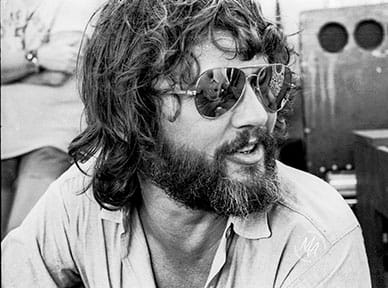
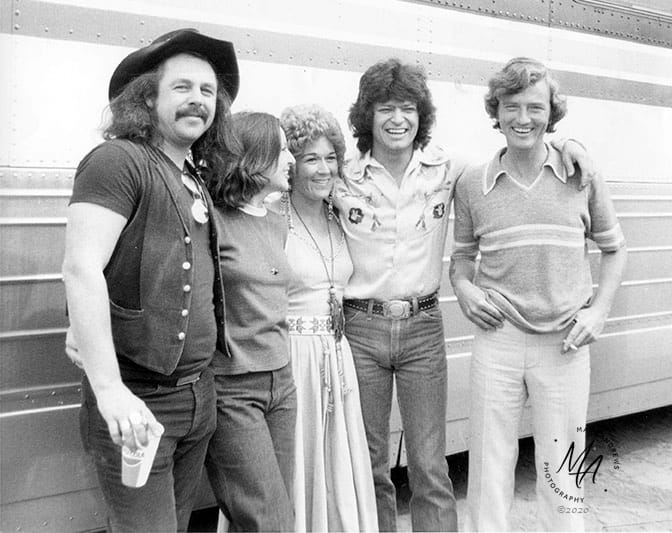
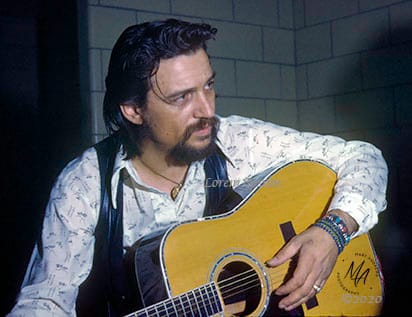
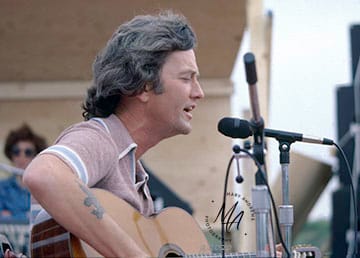
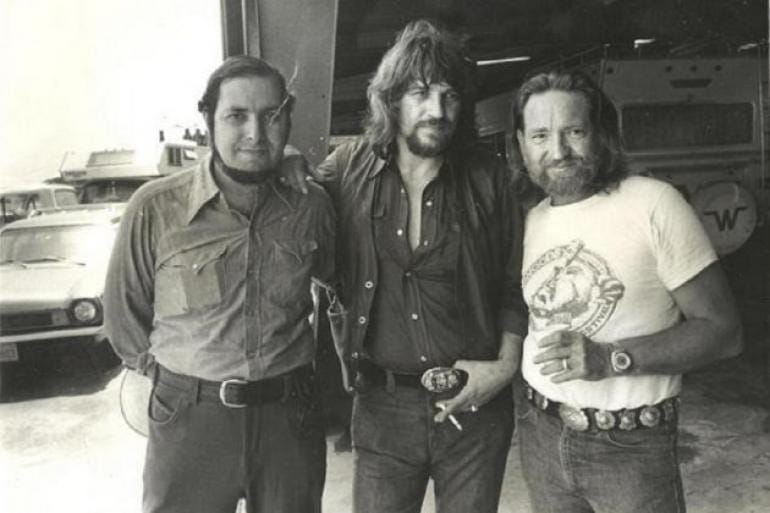
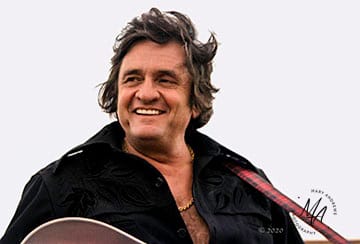
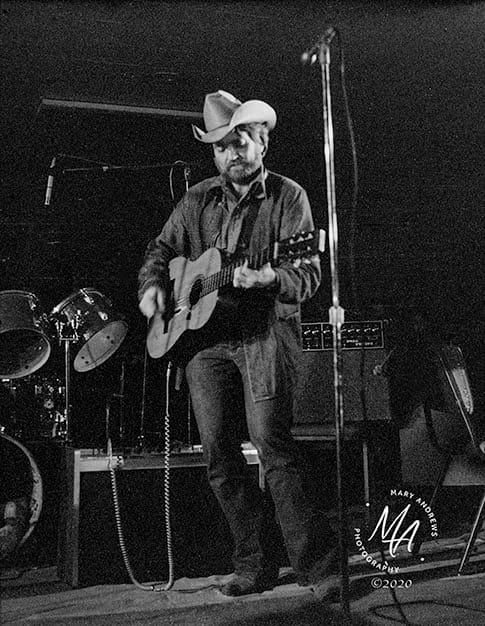
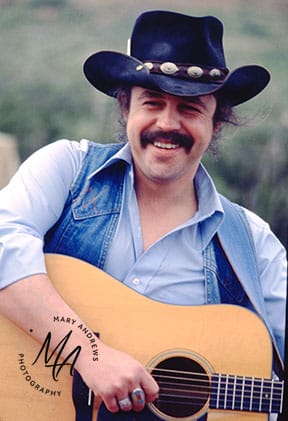
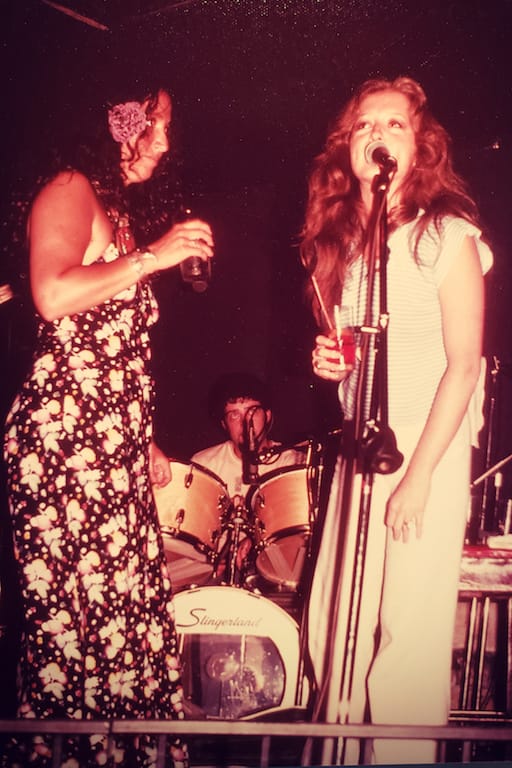
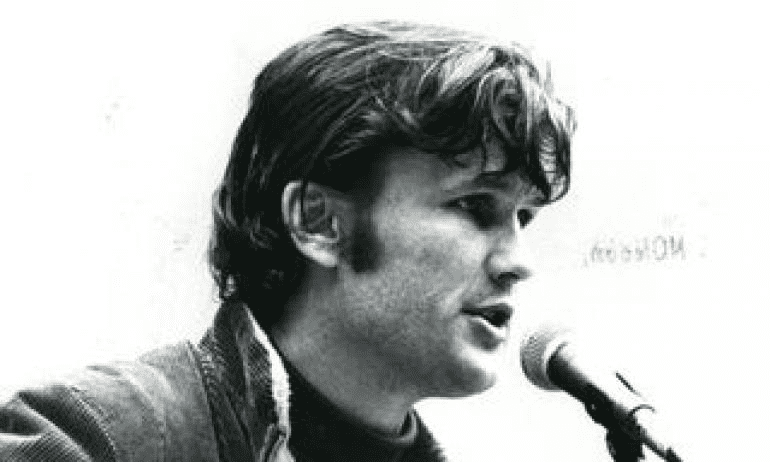
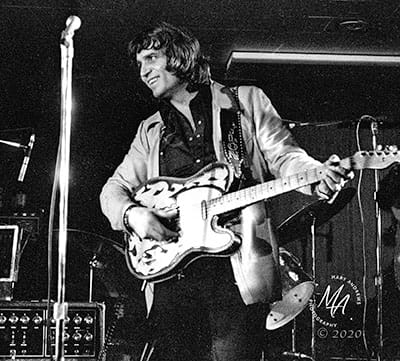
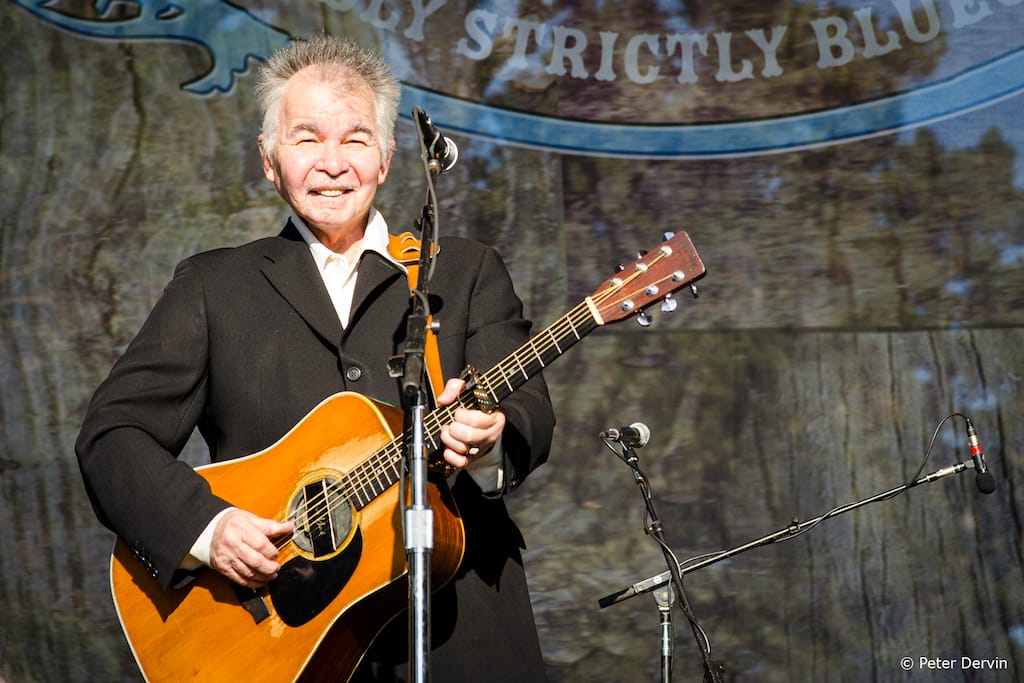
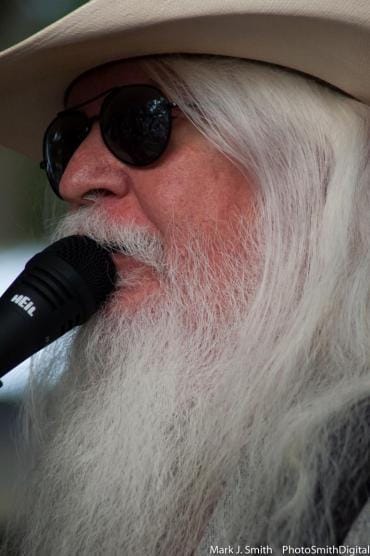
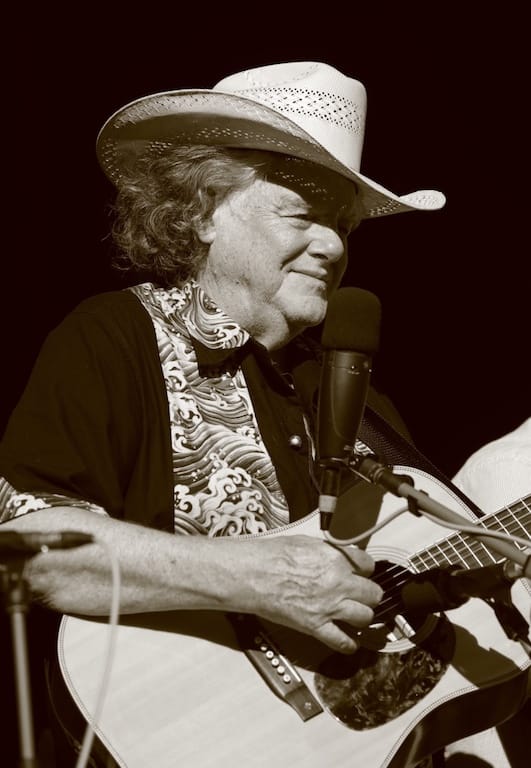


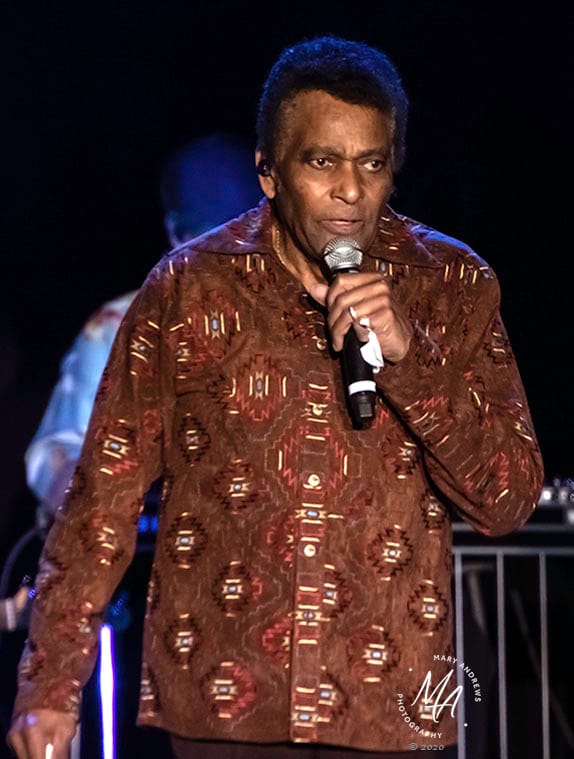
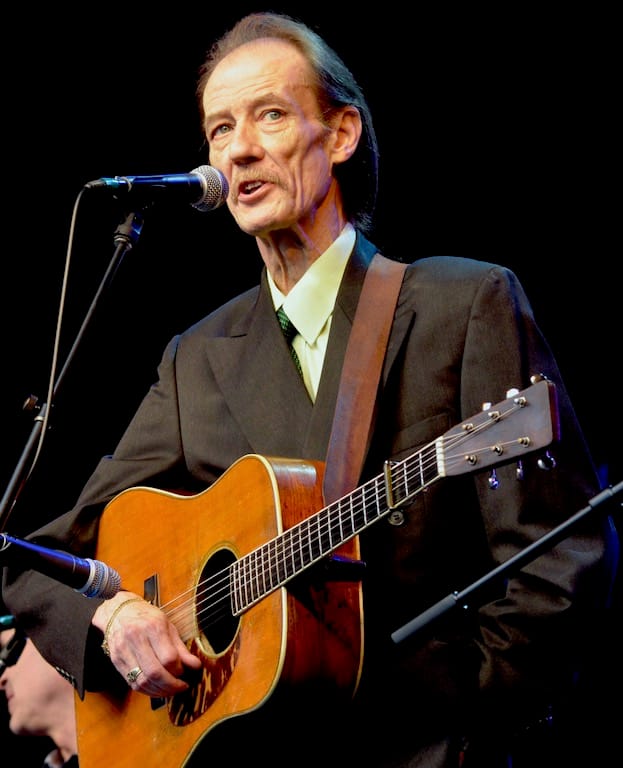
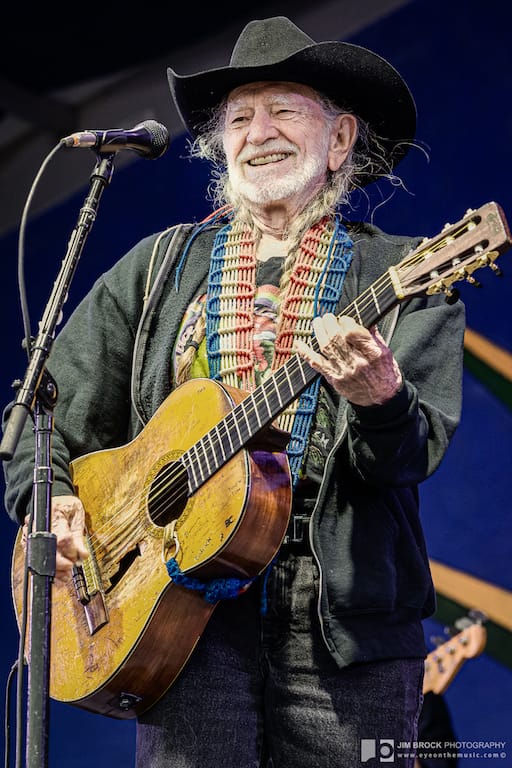
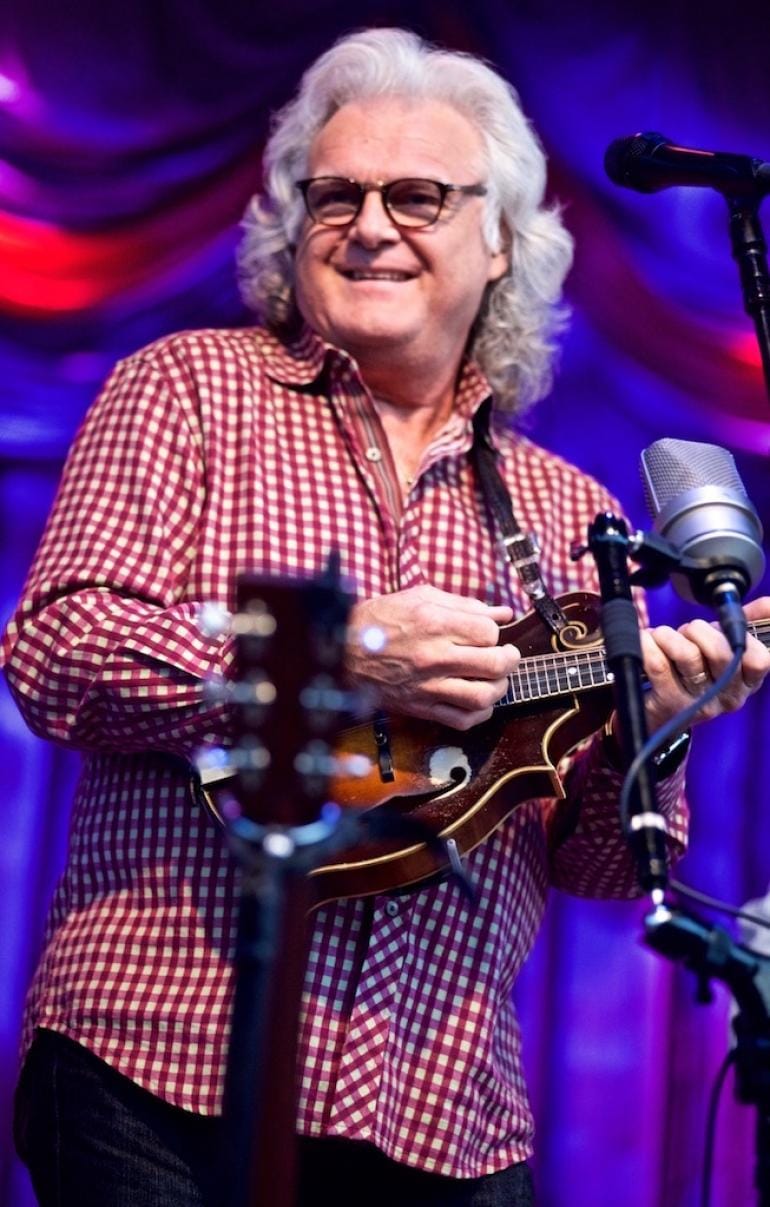
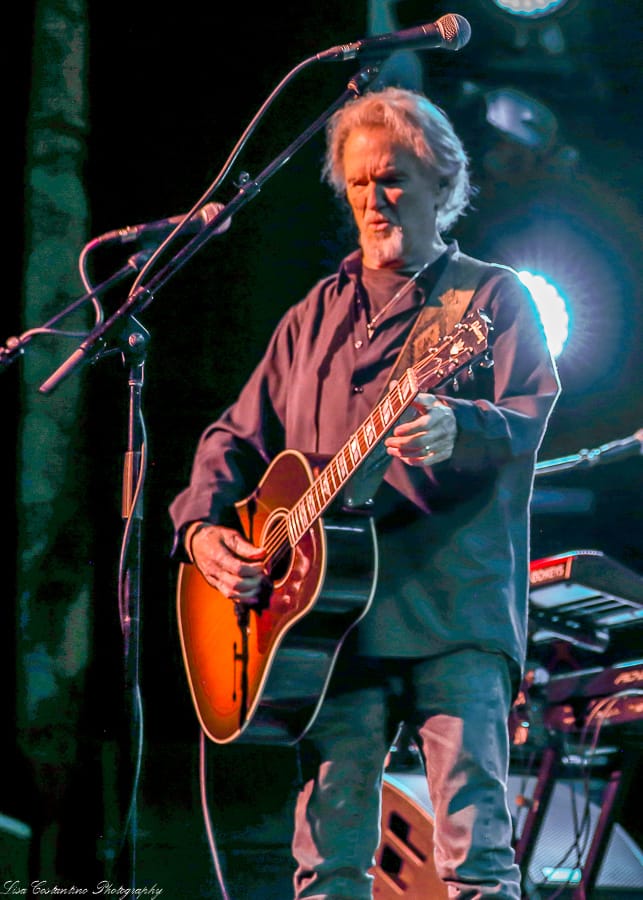
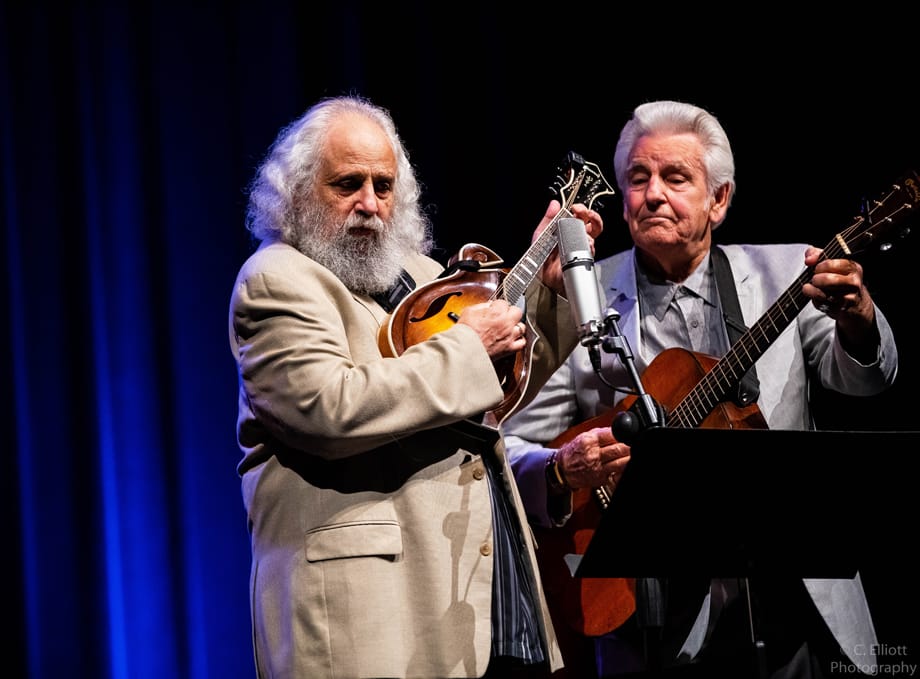
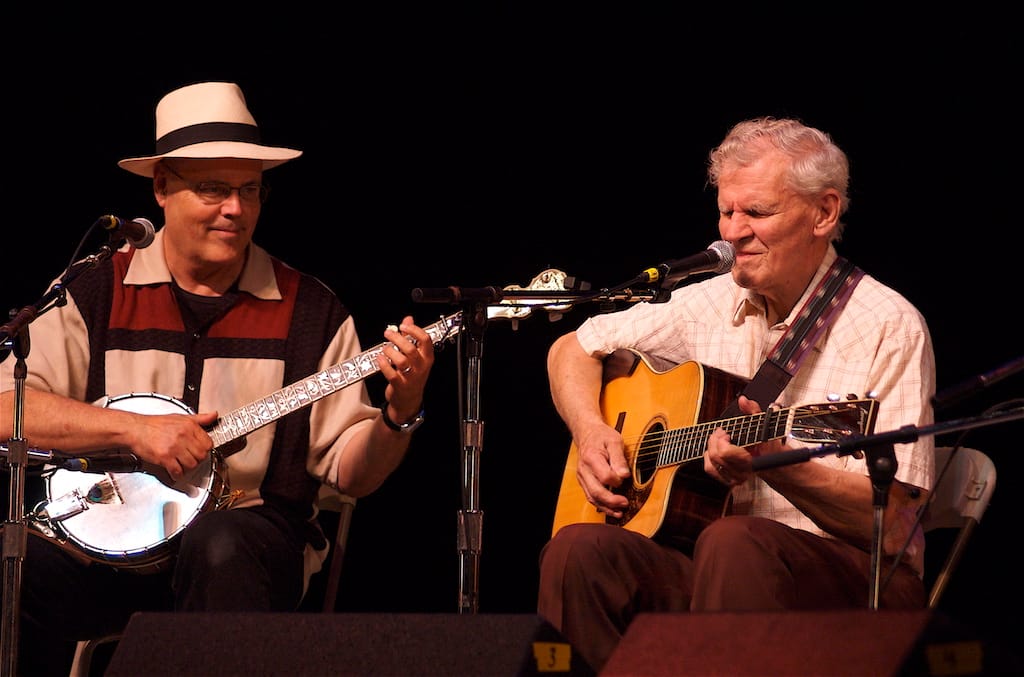
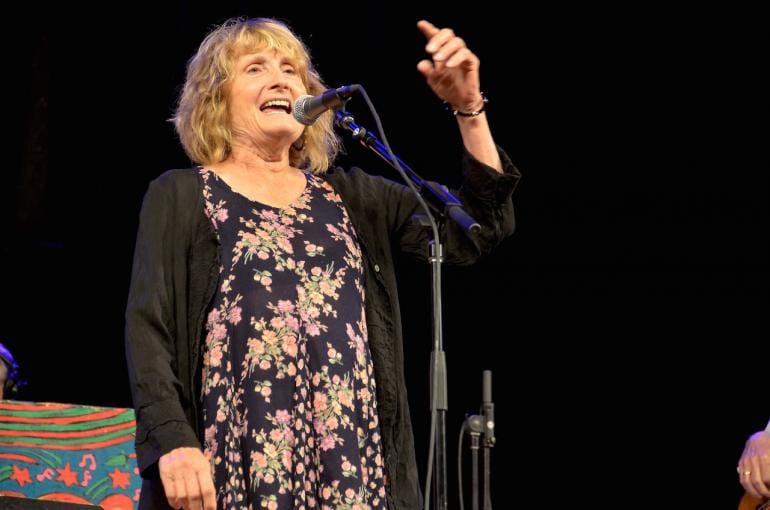
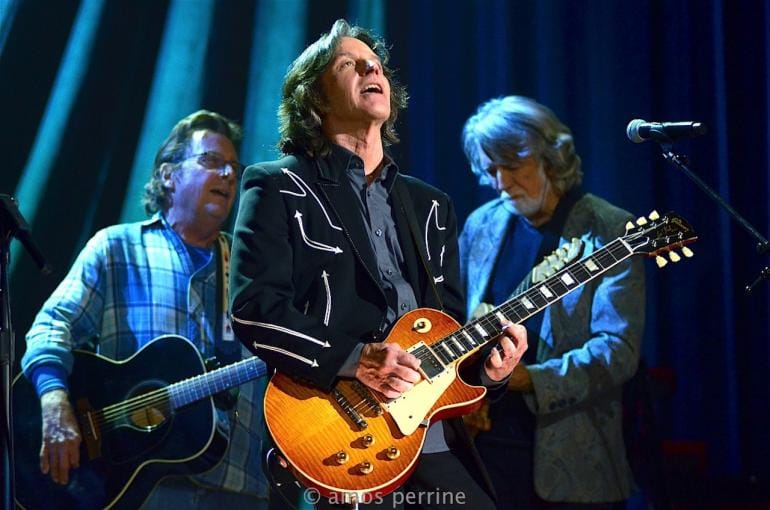
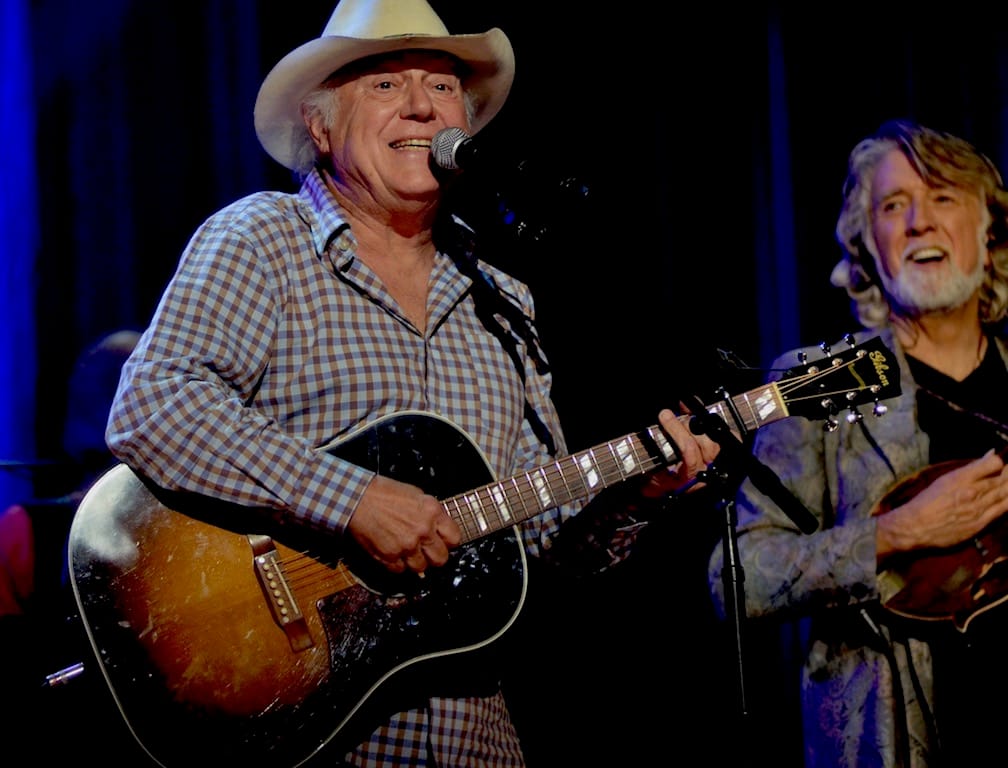
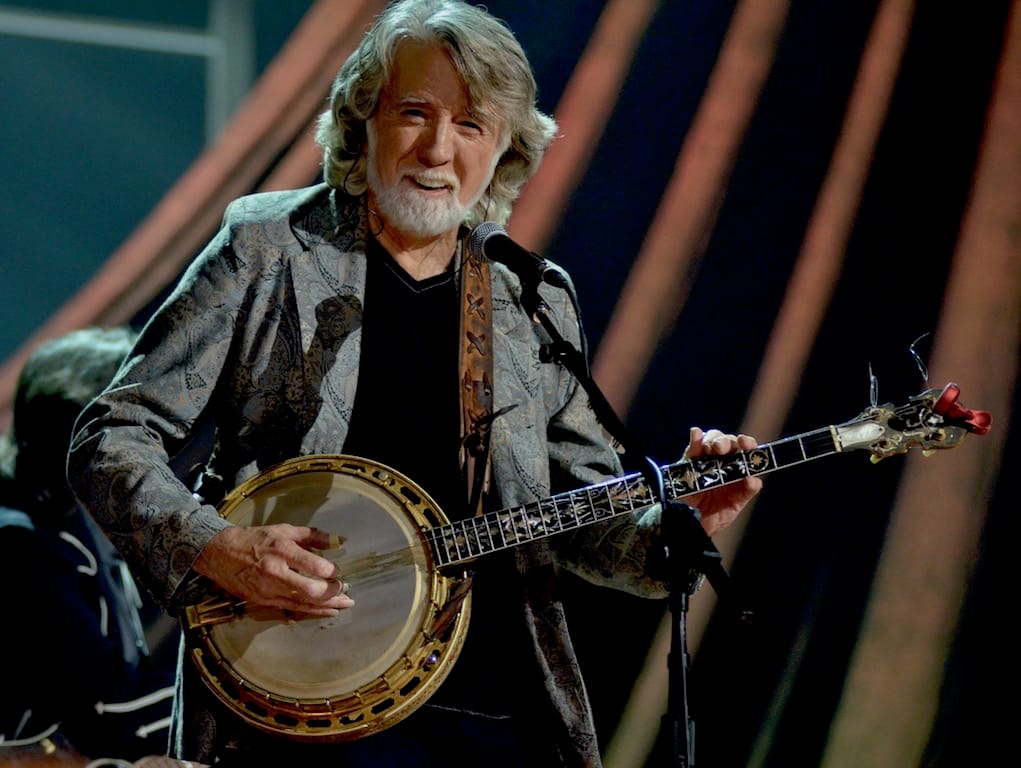
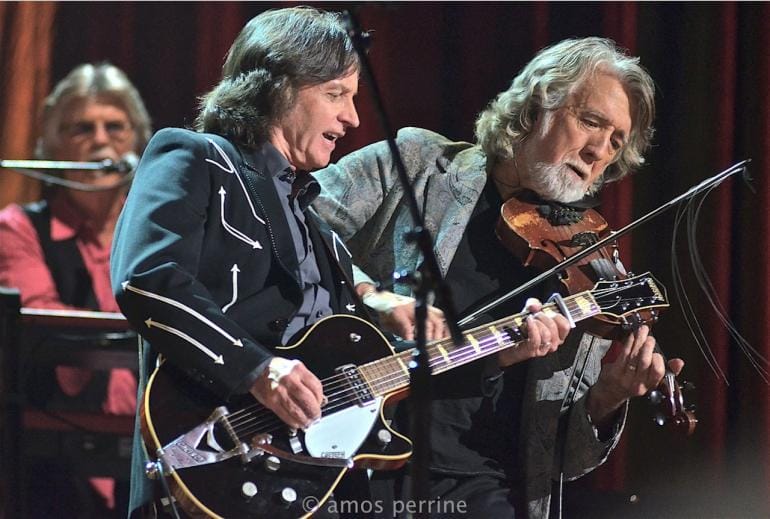
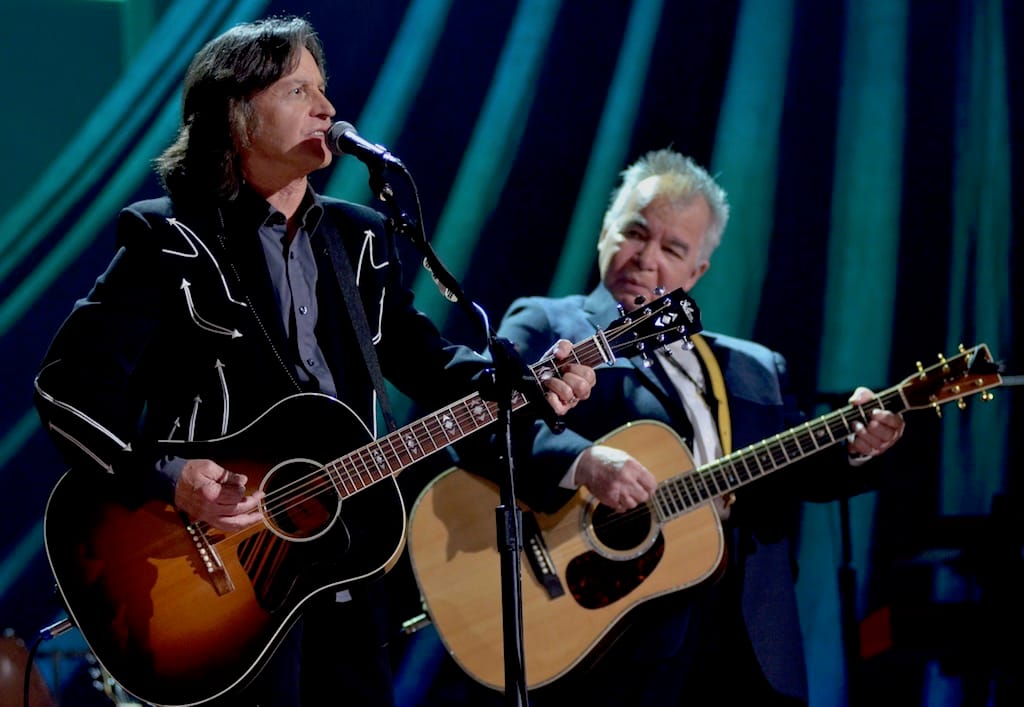
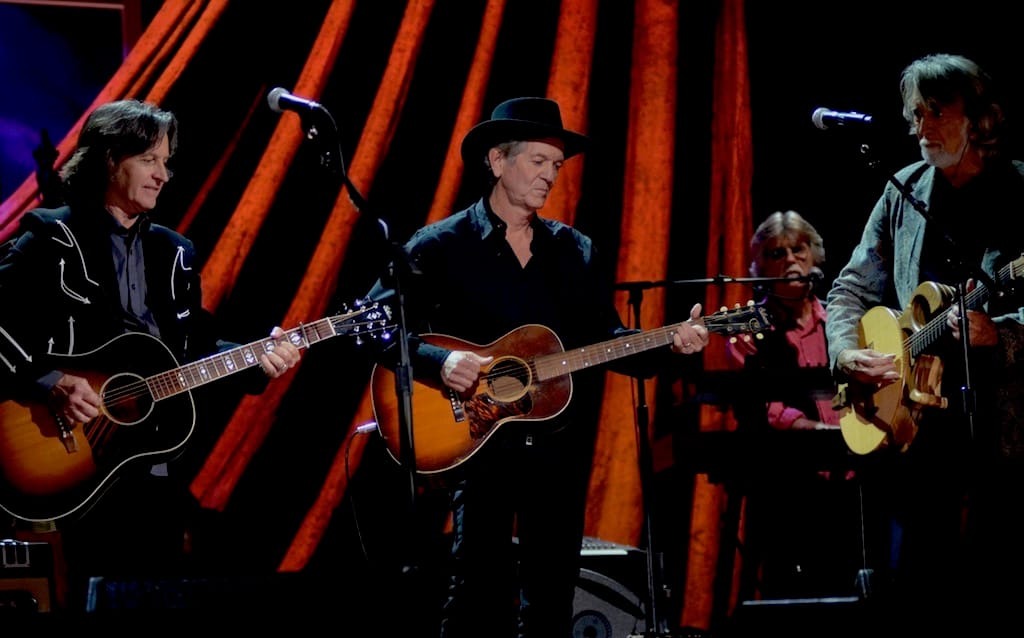
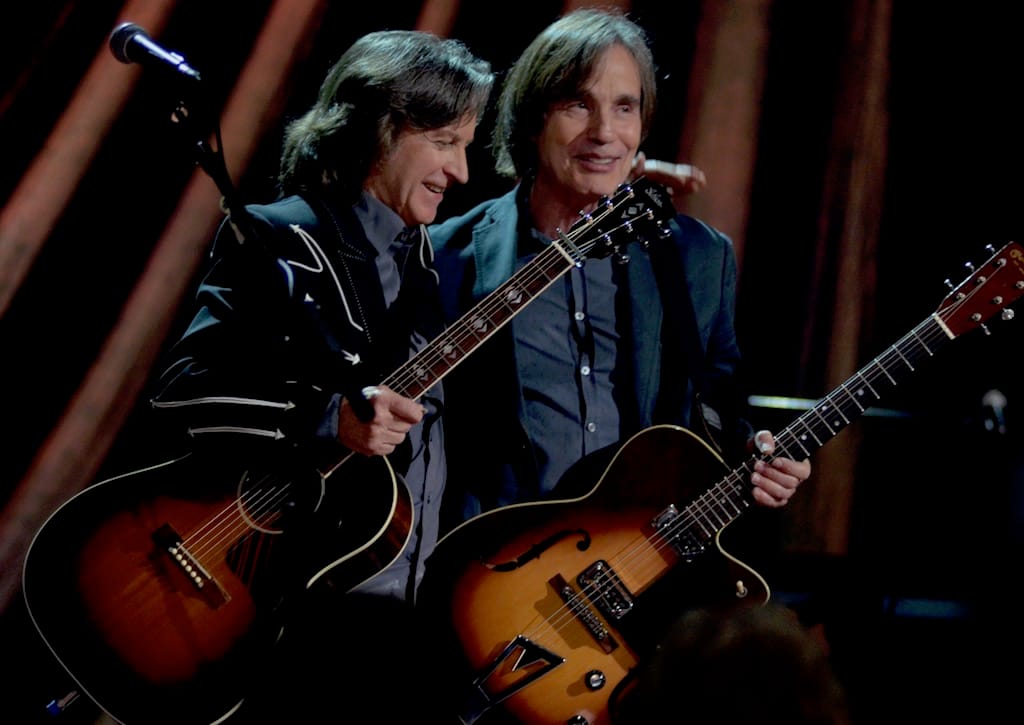
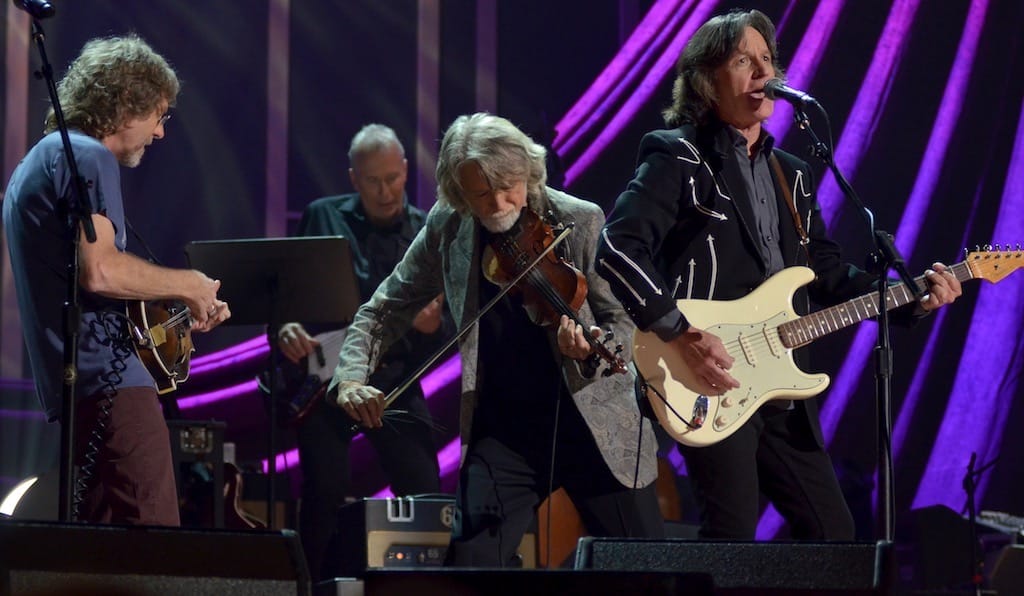
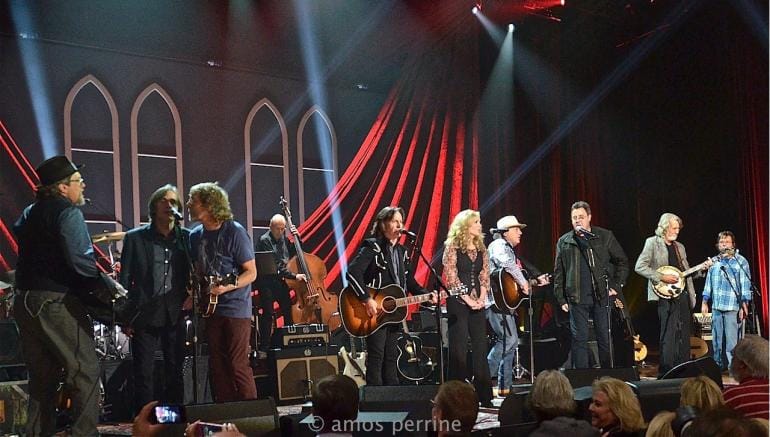
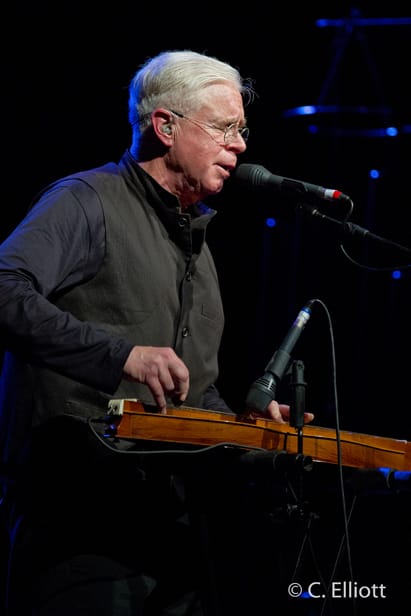
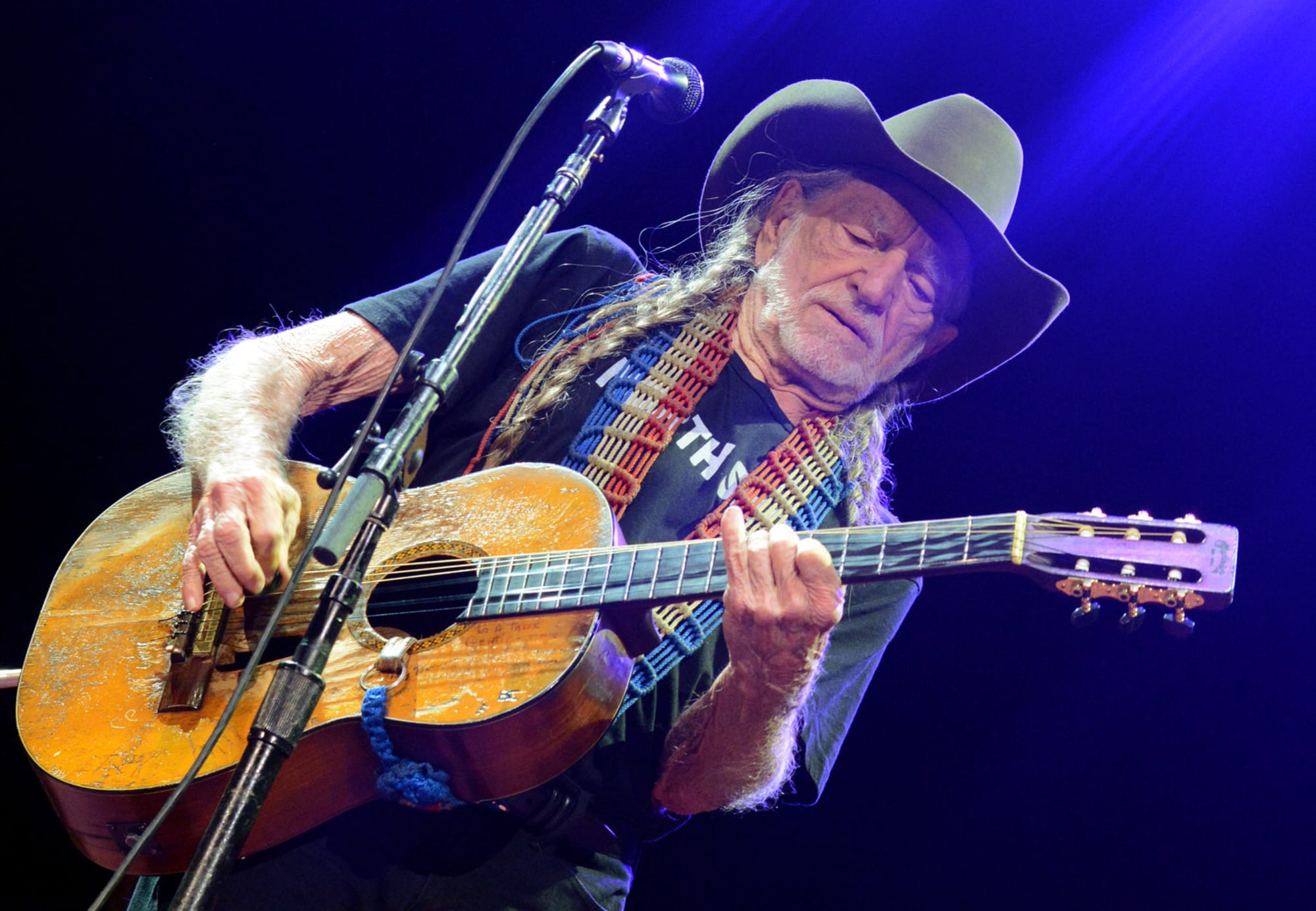
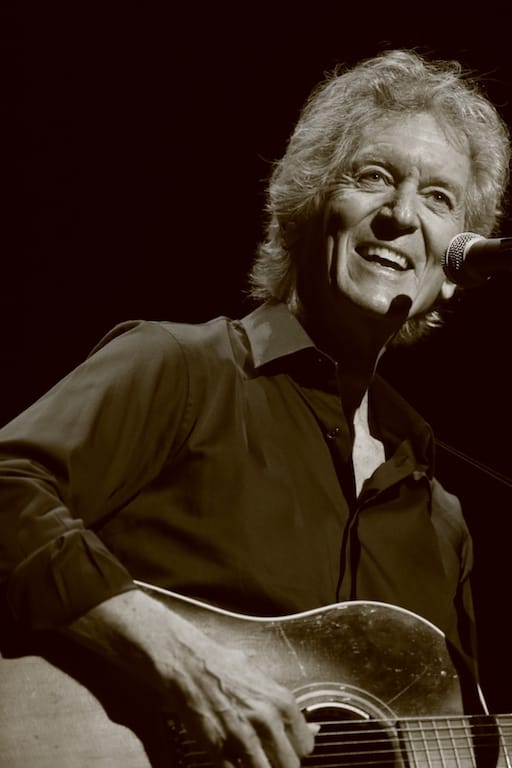
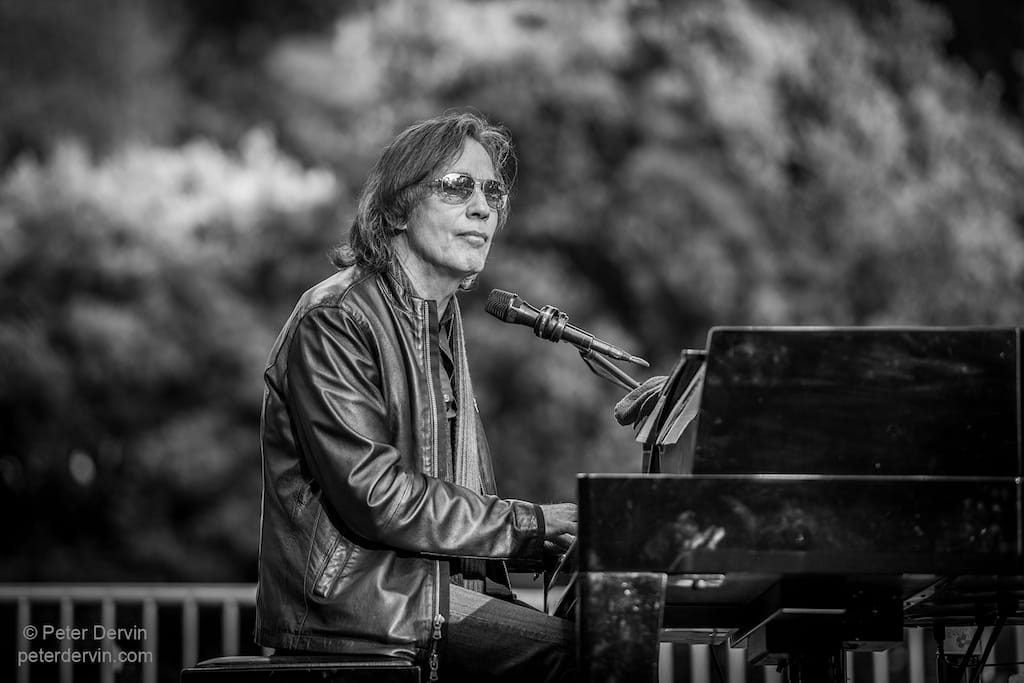
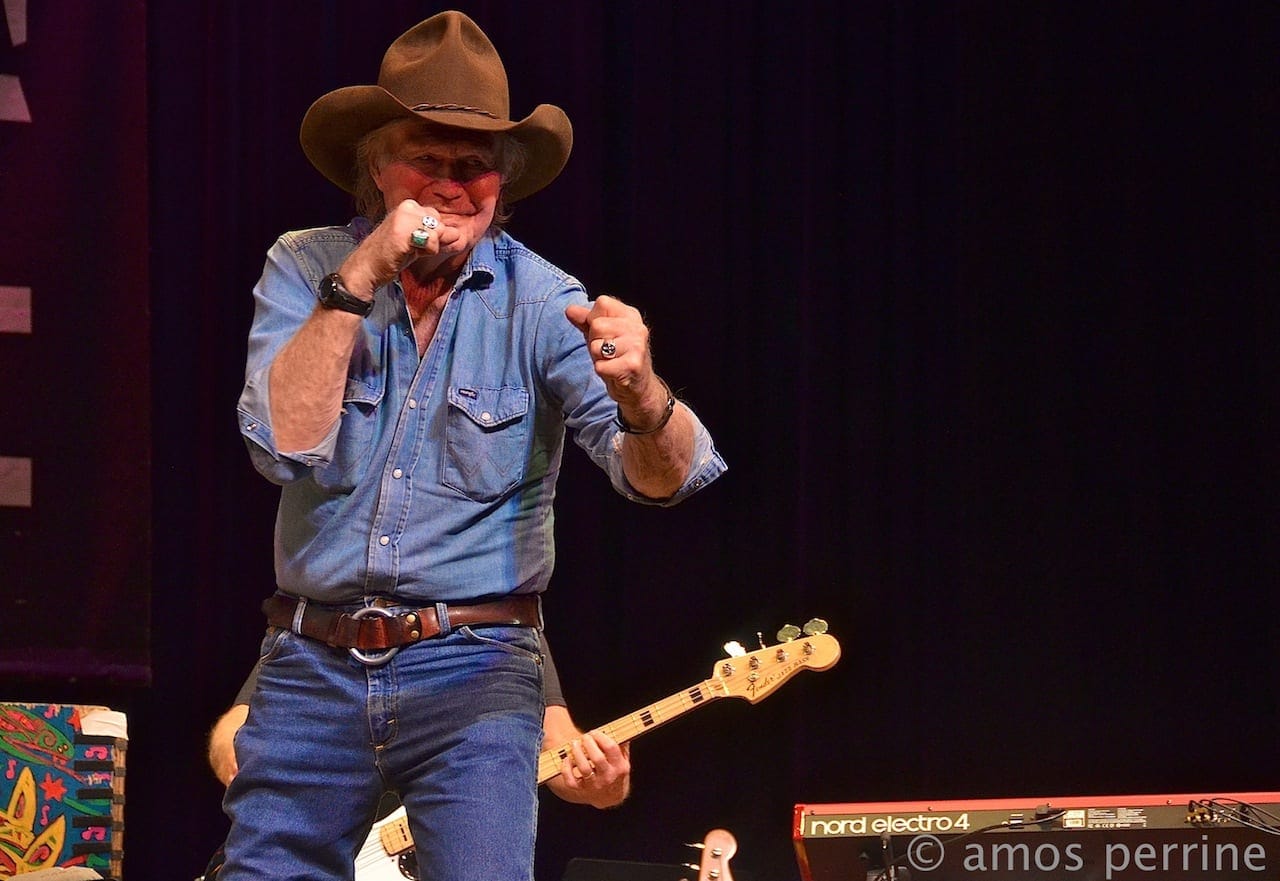
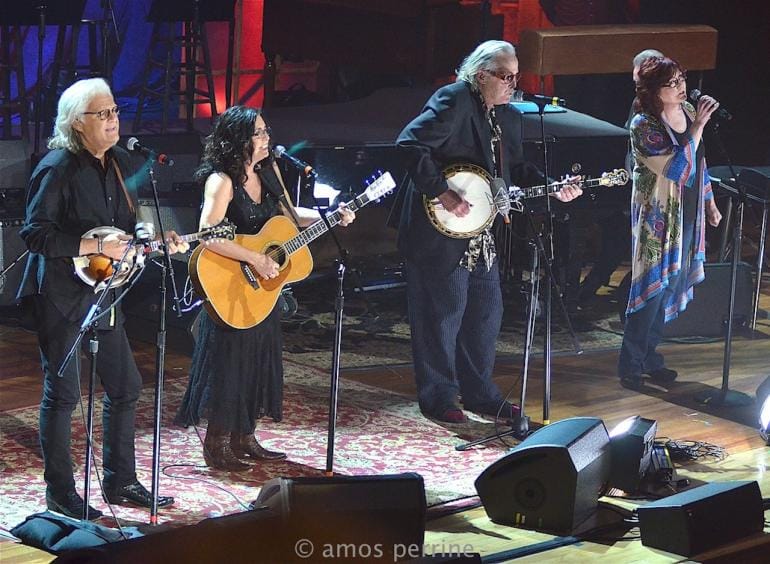
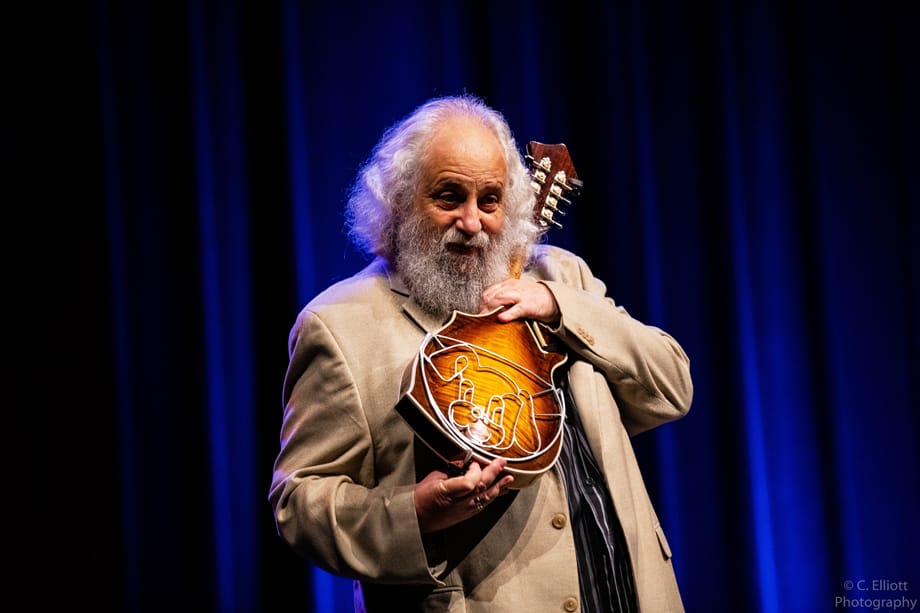
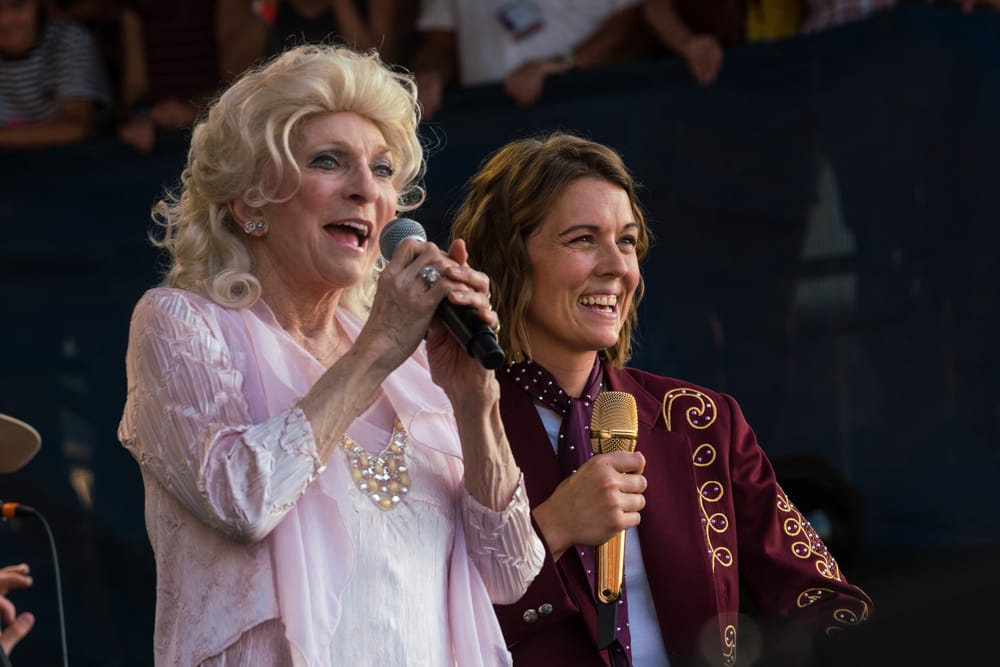

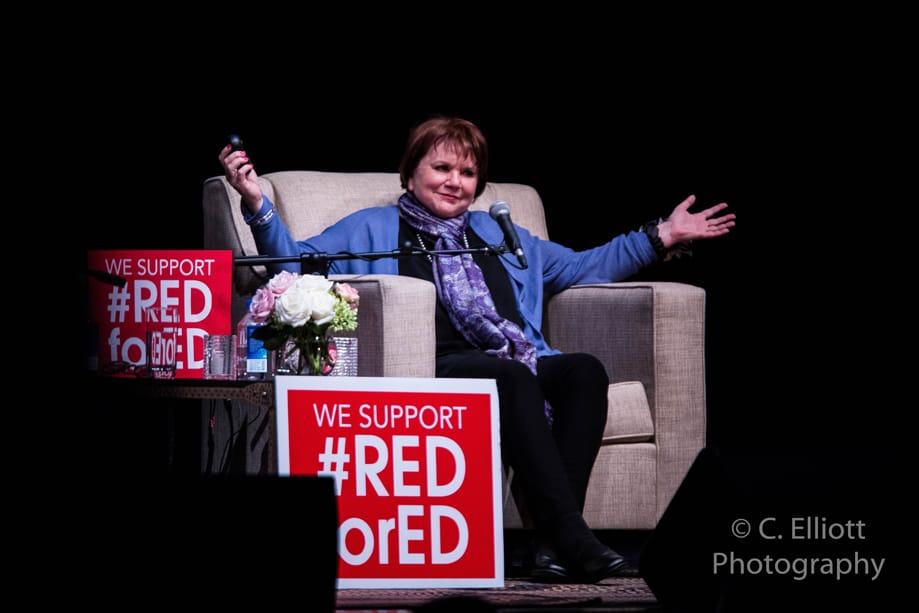
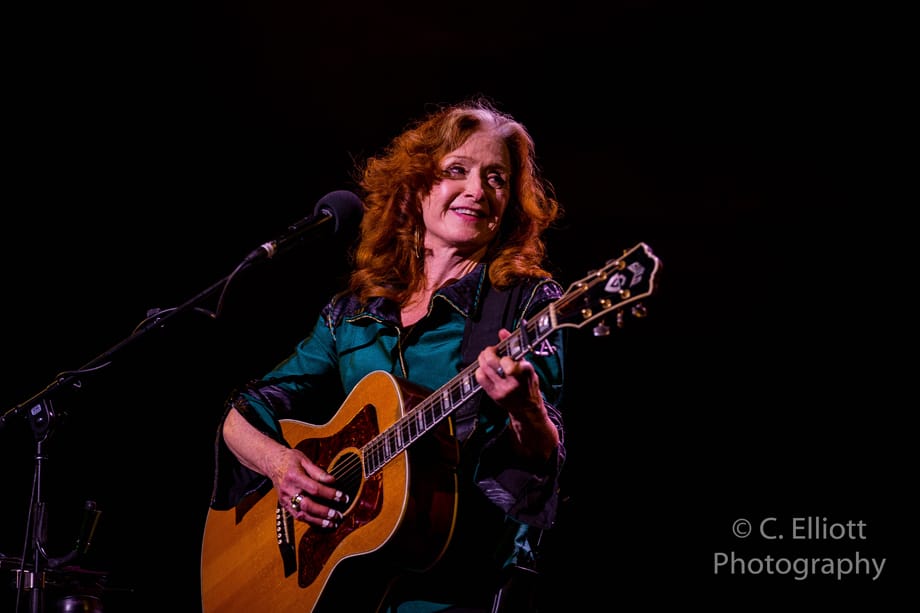
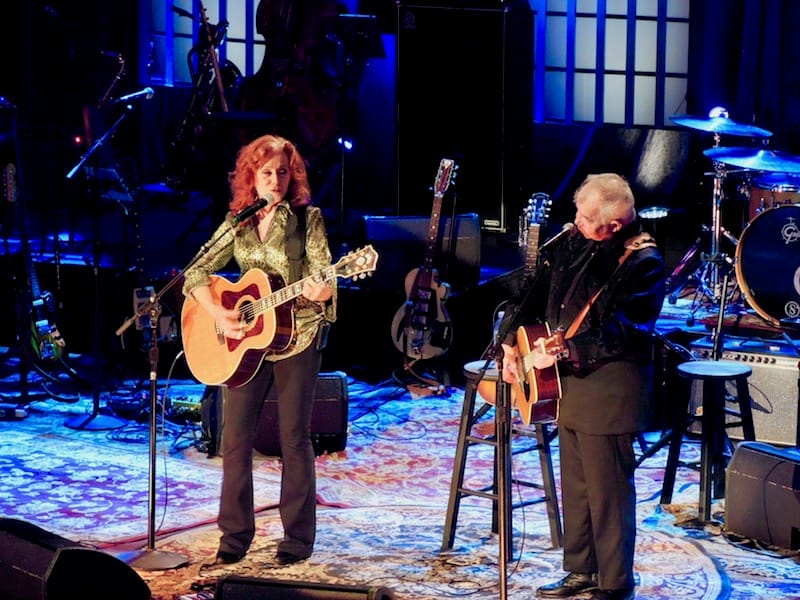
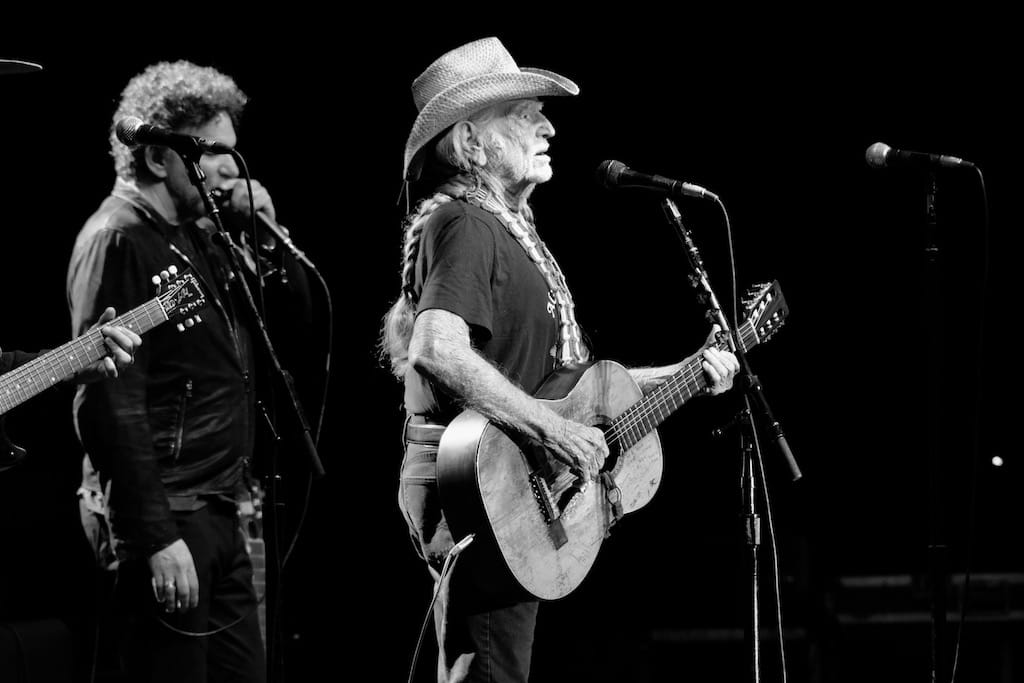
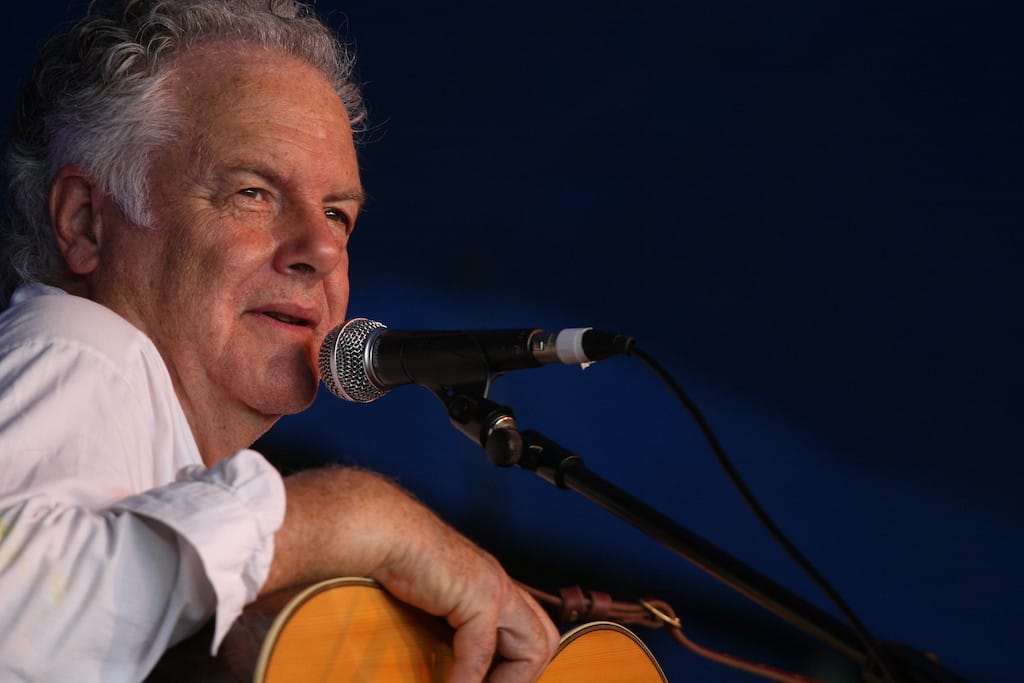
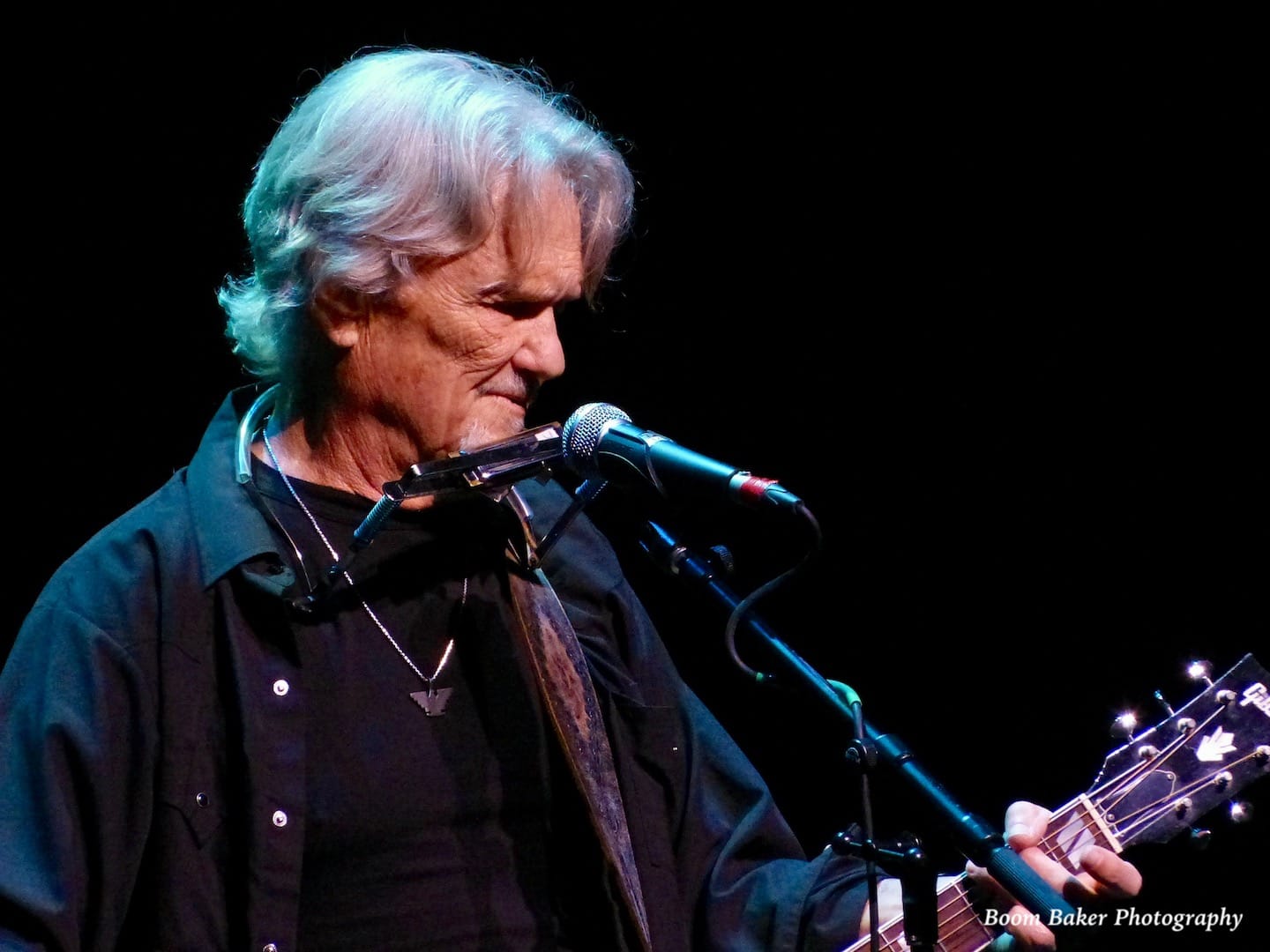
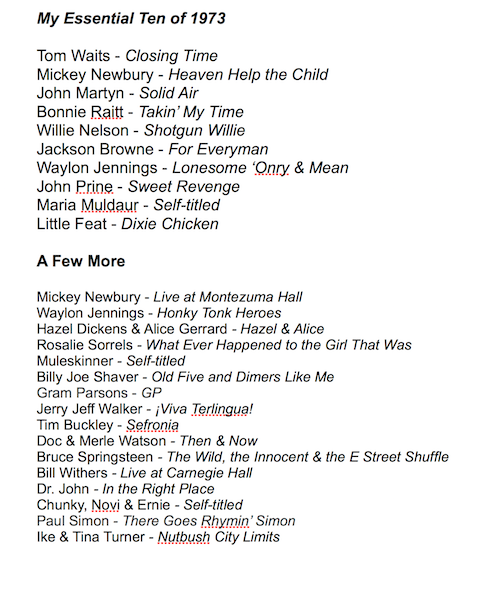
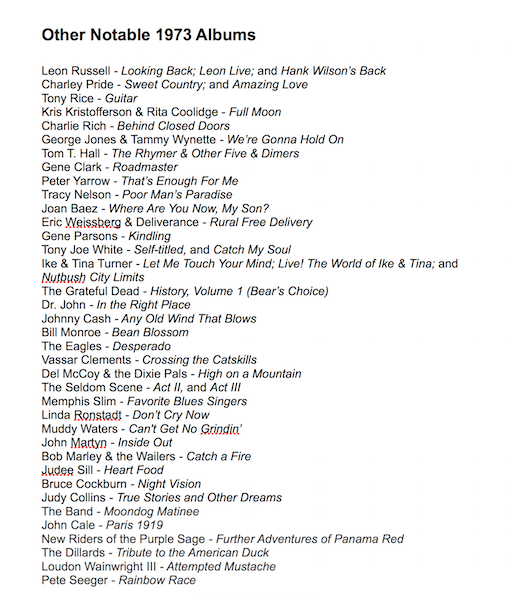





Comments ()